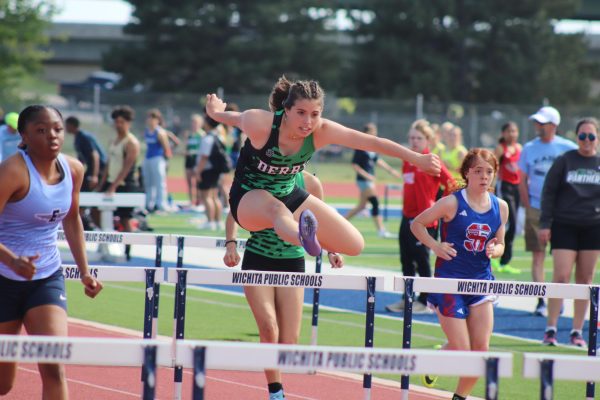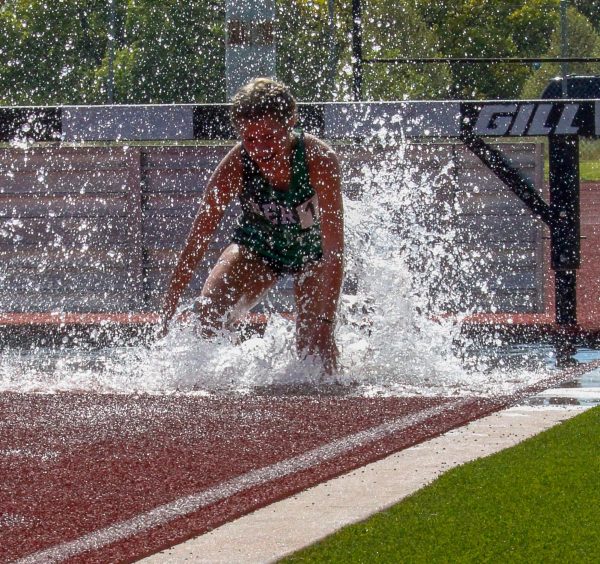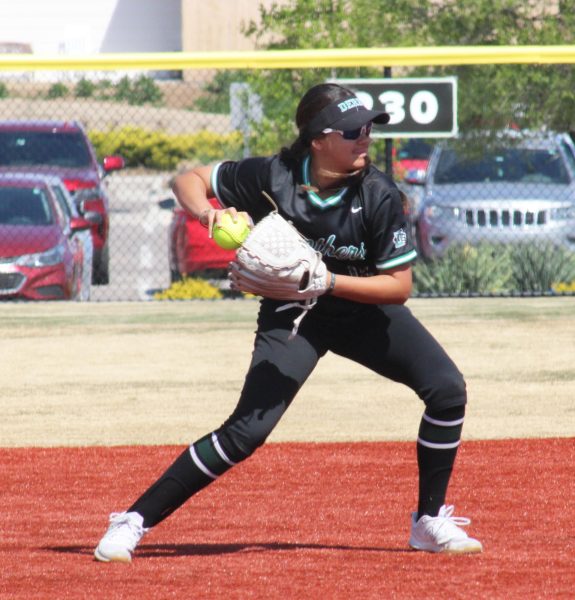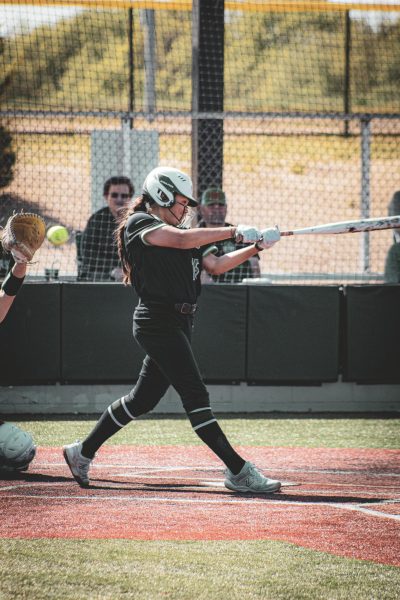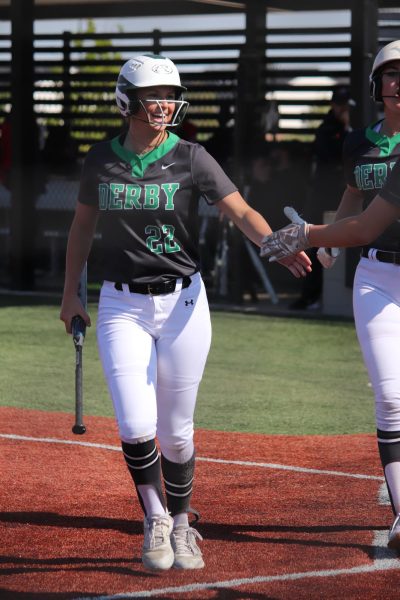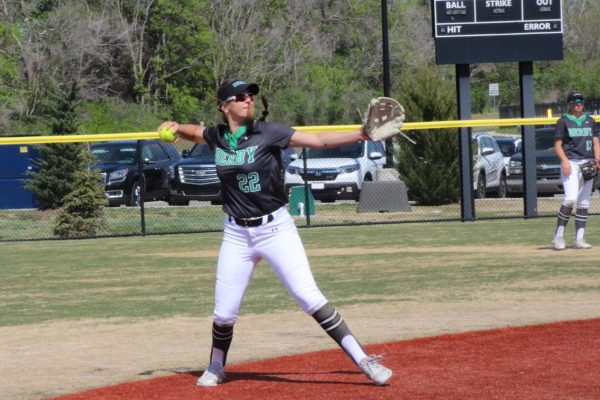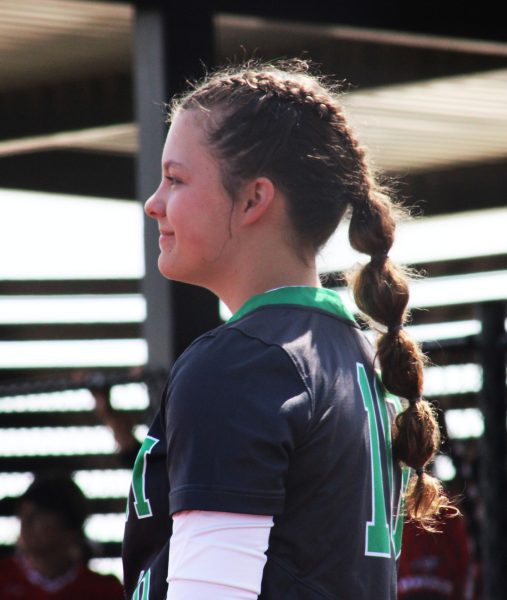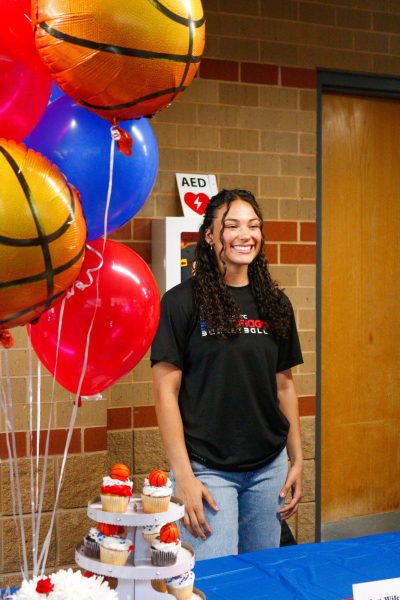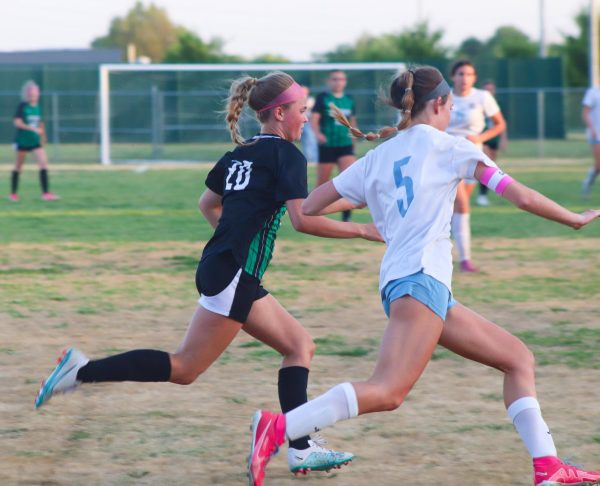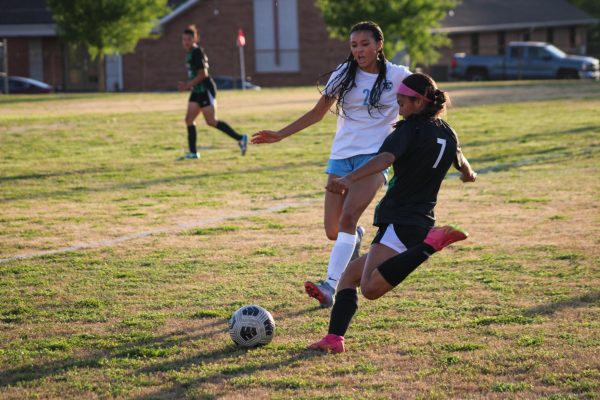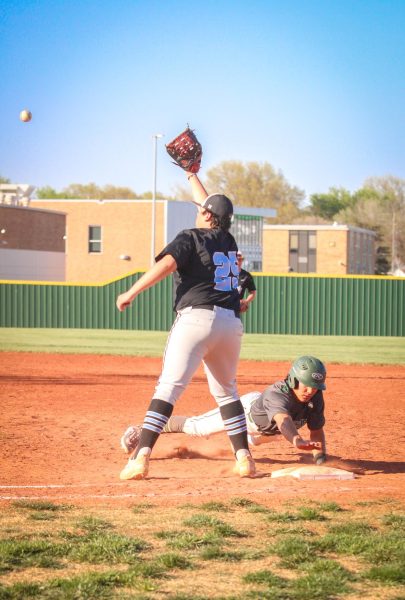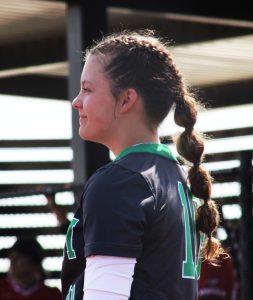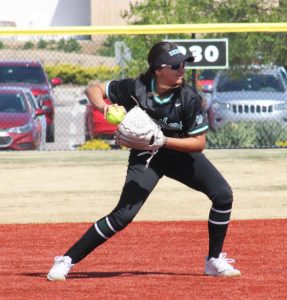Teacher Michelle Forsberg recounts heart attack scare
December 11, 2020
I know you had a heart attack two years ago, and I was wondering just how scary that was? Also, did that make you think about not coming back this year?
“I had a ‘widowmaker’ heart attack two years ago on November 14, 2018. It happened just before bed after a seemingly normal day at school. I do not remember it at all until I woke up in the hospital a couple of days later. I had no idea what had happened. So I guess having it wasn’t scary for me, but it was terrifying to my family. The scary part for a heart attack survivor is when you are dismissed from the hospital, and every little twinge or moment when you don’t feel right makes you think you will have another one — and possibly not be lucky enough to survive that one.
“As for school this year, I did have some reservations about working within such a large school and having huge classes in English; however, teaching is part of who I am, and I can’t live in fear of what might happen. Over the past two years, I have learned many new techniques to control anxiety and stress when things happen that I can’t control because it has been a struggle to not live in constant fear of waking up in the hospital again… or not waking up at all. Living with the fear of Covid and the potential harm it can do to anyone, healthy or not, is just another fear or concern I have had to learn to control and live with.”
Also is it true that you were not supposed to survive the heart attack? And what are your feelings on how this year is going and the precautions people are taking?
“According to the American Heart Association, only 12% of the people who experience a ‘widowmaker’ heart attack outside of a hospital setting actually survive. I was at home in my bedroom when it happened, and according to my cardiologist, my survival was a miracle. My husband is credited with saving my life because he started CPR immediately. After that, every team of rescue and medical personnel did their part to make sure I survived.
“I’m grateful for the people who are taking all of the precautions they can with Covid. I have not agreed with all of the decisions made regarding how we stay safe at school, but I think the teachers and students are doing the best that we can. I would like to see more people in our community wear masks and keep their kids from hanging out with their friends at gatherings and parties, but I can only control myself and my actions, so I just have to accept that and remain hopeful that we will see some positive changes with lower numbers and hopefully a vaccine soon.”
Was it hard to do synchronous teaching this year? What were the struggles?
“Synchronous teaching is extremely difficult. Even as we all get better at handling school in a synchronous classroom, it’s still very hard. The part I dislike the most is that I either have to choose to give my kids at home more attention than the ones in class, or I have to focus on my in-person students more than the ones at home. It is impossible not to tend to one group more than the other, no matter how hard I try. It’s not fair to the students, and it’s not fair to the teachers. In a normal scenario of any task from sports to jobs to cooking, you can get things to a point where you might be able to take a moment or even coast for a moment so you can keep your stamina and focus, but with synchronous teaching, you ALWAYS have students and technology to tend to (for 84+ minutes at a time) with no break of any kind from the multi-tasking. There are countless struggles, but the biggest one is the mental fatigue that wears on you due to being on the technology all day and/or helping kids deal with things all day that may not be related to teaching my class (such as technical problems or wifi issues). Add that mental fatigue to the pandemic fatigue everyone is fighting, and some days can be a struggle.”
How is remote teaching this year different from last year?
“Remote teaching is so much different this year because the kids know it counts. They don’t get a free pass from class. Additionally, some students really need something to occupy their excessive free time, so they seem more willing to engage. It’s still difficult, and my work days are so much longer when I teach remotely than when I taught in-person all day. I seem tied to my computer for 12 hours a day just to make sure kids have everything they need. I’m glad more kids are coming, but it is really hard to keep doing it long-term.”



